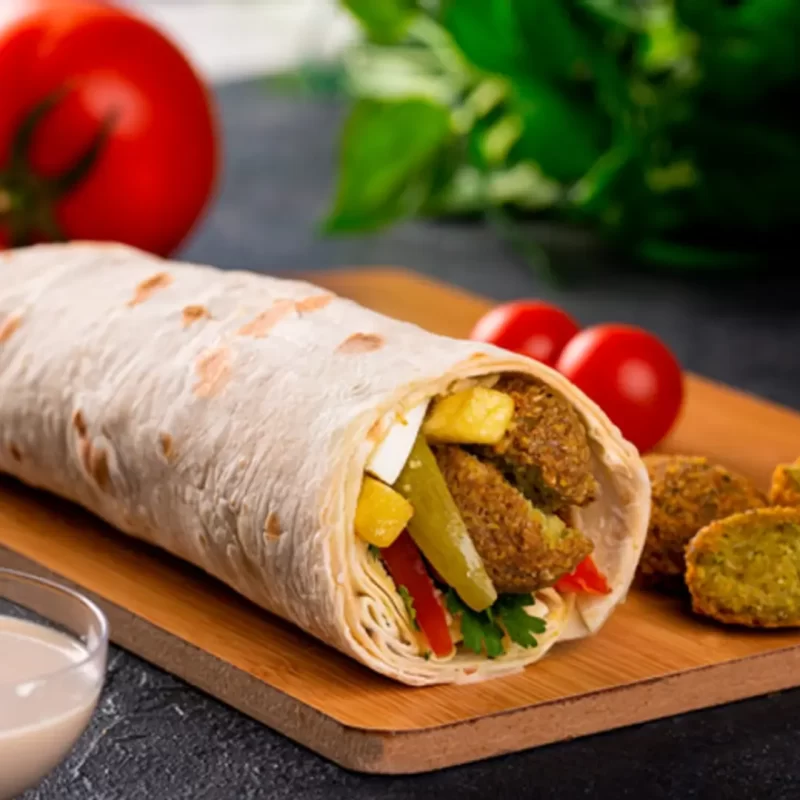Saudi Arabia Travel Guide
Highlights Of Saudi Arabia
Saudi Arabia Travel Guide 2025
Exploring the Kingdom’s Hidden Gems and Cultural Treasures
Saudi Arabia, a land of stark contrasts and profound cultural heritage, has emerged as one of the most intriguing travel destinations in 2025. Long shrouded in mystery, the Kingdom is now welcoming global travelers with open arms, offering a blend of ancient history, futuristic cities, and untouched natural wonders. This guide delves into everything you need to know for an unforgettable journey—from visa policies and cultural etiquette to must-see attractions and adventure hotspots.
Visa and Entry Requirements
Saudi Arabia has significantly relaxed its visa policies in recent years, making it easier than ever for tourists to explore its treasures.
eVisa and Visa on Arrival (VOA): Citizens from over 50 countries, including the EU, UK, US, Australia, and Japan, can apply for an eVisa online or obtain a VOA at entry points. The eVisa costs 535 SAR (~142), while the VOA totals 480 SAR (142), while the VOA totals 480 SAR (128), including mandatory travel insurance.
Special Cases: Indian and Pakistani passport holders with valid US or Schengen visas can also secure a VOA. Women travelers face no restrictions and can apply independently.
Validity: The tourist visa allows multiple entries over one year, with a maximum stay of 90 days per visit
Best Time to Visit
Timing your trip is crucial due to Saudi Arabia’s extreme climate:
Optimal Months: October to March offers mild temperatures (15–25°C), ideal for exploring deserts and historical sites. Coastal areas like Jeddah remain pleasant year-round.
Summer Avoidance: Temperatures soar above 45°C from June to September, making outdoor activities challenging. Northern regions like Al-Ula and Tabuk can dip below freezing in winter, so pack layers.
Cultural Etiquette and Dress Code
Dress Modestly: Women must wear loose-fitting clothing that covers arms and legs. While the abaya (a traditional cloak) is no longer mandatory for foreign women, it’s recommended in conservative areas. Men should avoid shorts in public.
Behavioral Norms: Public displays of affection are prohibited. During Ramadan, eating or drinking in public during daylight hours is forbidden. Always use your right hand for greetings and meals
Prayer Times: Businesses close five times daily for prayers. Non-Muslims should avoid entering mosques except designated tourist sites like Jeddah’s Floating Mosque
Transportation: Navigating the Kingdom
Getting There
Major Airports: King Abdulaziz International Airport (Jeddah) and King Khalid International Airport (Riyadh) are primary hubs, with direct flights from Europe, Asia, and North America.
Land Borders: Cross from Bahrain, Jordan, or the UAE via well-connected highways.
Getting Around
Taxis and Ride-Hailing: Apps like Uber and Careem are widely used in cities. A 30-minute Riyadh taxi ride costs ~50 SAR (~$13).
Domestic Flights: Connect efficiently between cities like Jeddah, Riyadh, and Al-Ula via Saudia Airlines.
Car Rentals: International driving permits are required. Note that road signs are primarily in Arabic
Accommodation: Where to Stay
Saudi Arabia offers diverse lodging options, though prices skew higher than regional averages:
Budget: Hostels are rare, but budget hotels start at $50/night in cities like Jeddah.
Mid-Range: Expect 120–120–200/night for 4-star hotels with amenities like pools and breakfast.
Luxury: Iconic stays include the Banyan Tree Al-Ula (from $1,000/night) and Riyadh’s Kingdom Centre Tower hotels
Top Attractions: From Ancient Wonders to Modern Marvels in Saudi Arabia
Sacred Cities: Mecca and Medina
-
Restrictions: Non-Muslims cannot enter Mecca, but Medina opened to tourists in 2022. Visit the Prophet’s Mosque (Al-Masjid an-Nabawi) and Quba Mosque, Islam’s oldest
Restrictions: Non-Muslims cannot enter Mecca, but Medina opened to tourists in 2022. Visit the Prophet’s Mosque (Al-Masjid an-Nabawi) and Quba Mosque, Islam’s oldest
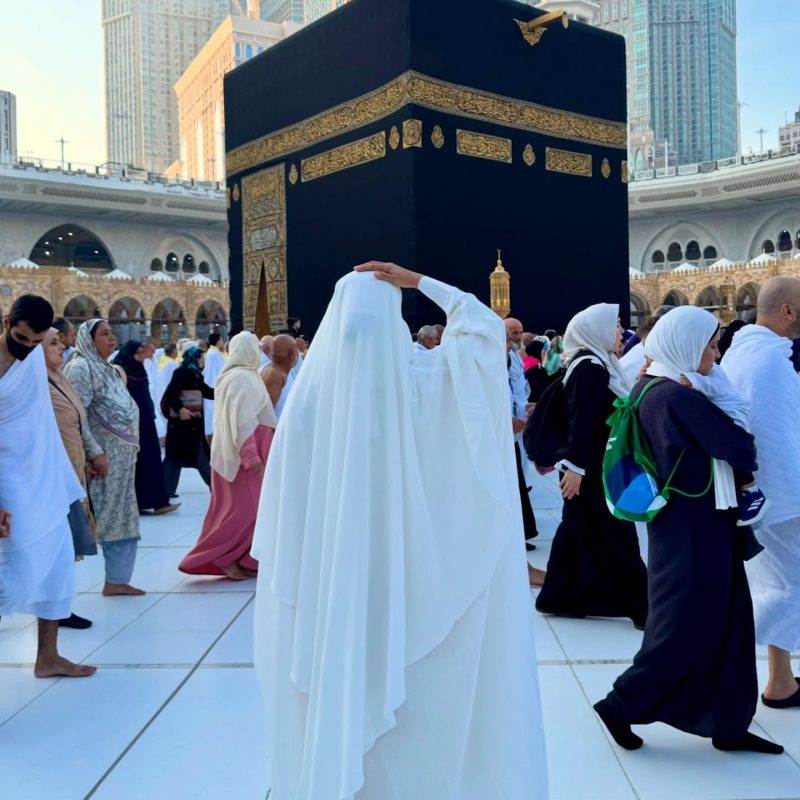
Makkah: The Spiritual Heart of Islam
Makkah (Mecca), the holiest city in Islam, is a place of profound religious significance, deep-rooted history, and continuous transformation. As the birthplace of Prophet Muhammad (peace be upon him) and the site of the Kaaba, Makkah is the ultimate destination for millions of Muslim pilgrims performing Hajj and Umrah every year. While the city remains a sacred center of Islamic devotion, it is also undergoing rapid modernization to accommodate the growing number of visitors and enhance their experience.
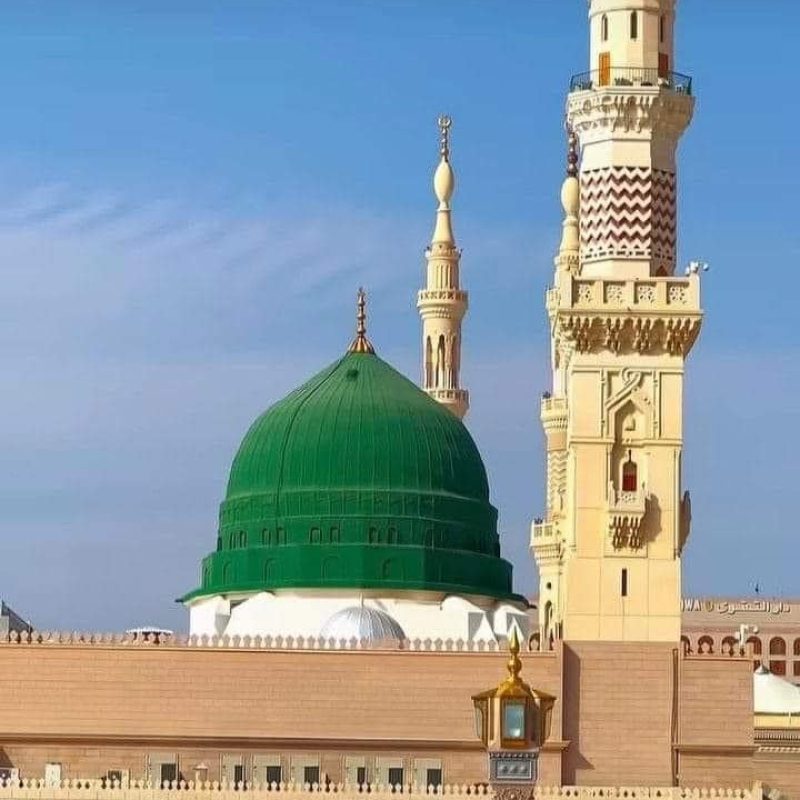
Madinah: The Radiant City of Peace and Prophecy
Madinah (Medina), known as Al-Madinah Al-Munawwarah (The Enlightened City), holds a special place in the hearts of Muslims worldwide. As the second holiest city in Islam after Makkah, it is home to the Prophet’s Mosque and serves as a symbol of peace, spirituality, and unity. Unlike Makkah, which is the focal point of pilgrimage, Madinah is a sanctuary of tranquility where Muslims come to connect with the legacy of Prophet Muhammad (peace be upon him) and seek blessings.
Top Attractions
Al-Ula: The Desert Oasis
Al-Ula is a breathtaking desert oasis in northwestern Saudi Arabia, known for its stunning landscapes, ancient history, and rich cultural heritage. It is home to Hegra (Madain Salih), Saudi Arabia’s first UNESCO World Heritage Site, which features well-preserved Nabataean tombs similar to Petra in Jordan. With its dramatic rock formations, lush palm groves, and archaeological wonders, Al-Ula has become a key destination for travelers seeking history, adventure, and natural beauty. The region hosts the annual Winter at Tantora festival, offering concerts, cultural performances, and immersive experiences that celebrate its heritage.
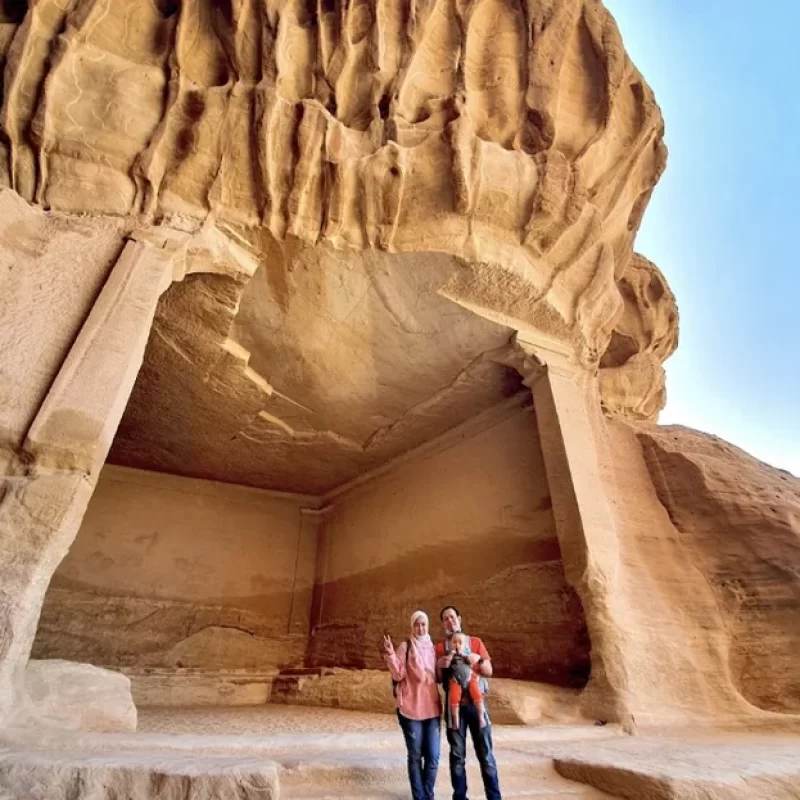
Hegra (Madain Saleh)
Saudi Arabia’s first UNESCO World Heritage Site, featuring 111 Nabataean tombs carved into sandstone cliffs. Guided tours (from SAR 95) provide historical insights.

Elephant Rock and Maraya
Iconic rock formations and the world’s largest mirrored building host concerts and art exhibitions.
Top Attractions
Riyadh: Where Tradition Meets Innovation
Riyadh, the beating heart of Saudi Arabia, is a city where centuries-old traditions intertwine with rapid modernization. As the capital and largest city of the Kingdom, Riyadh has evolved from a desert stronghold into a global metropolis, embodying both the cultural richness of its past and the technological advancements shaping its future.
A City Rooted in Heritage
Riyadh’s history stretches back centuries, with its origins as a small desert settlement that grew into the capital of the First Saudi State in the 18th century. Today, remnants of this past can be explored in historical landmarks such as:
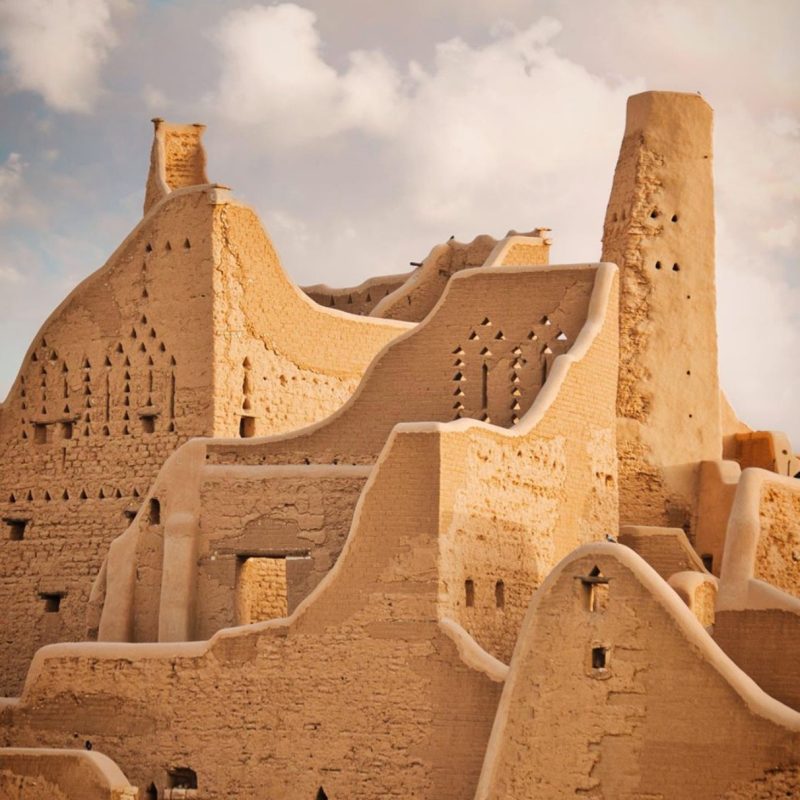
Diriyah
A UNESCO World Heritage Site and the birthplace of the Saudi state, featuring mud-brick architecture, cultural museums, and traditional markets.

Masmak Fortress
A symbol of Riyadh’s history, this 19th-century fortress played a pivotal role in the unification of the Kingdom.
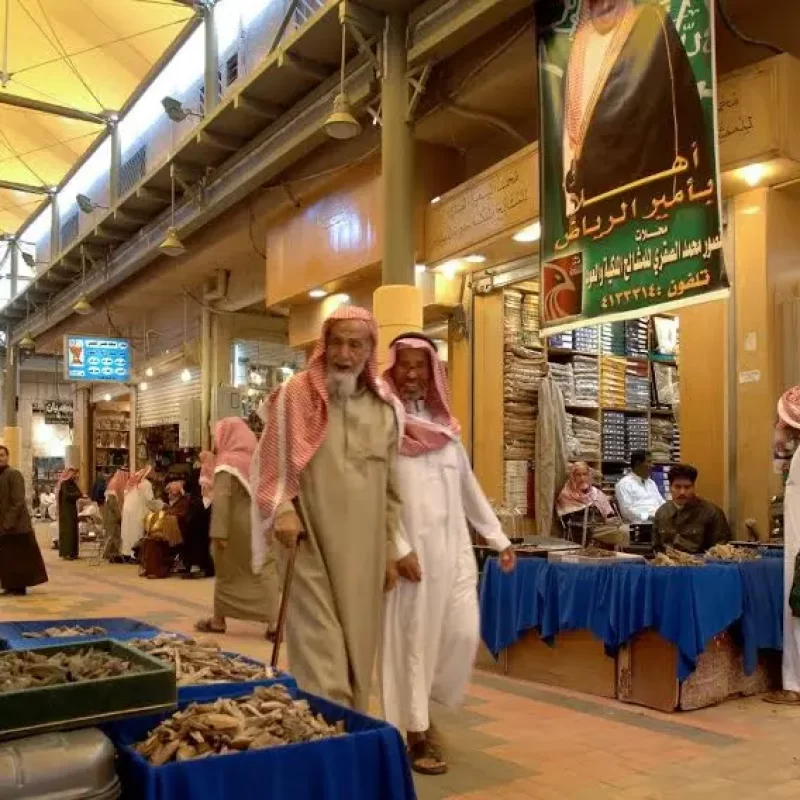
Souq Al-Zal
One of the oldest markets in Riyadh, where traders sell everything from spices to handmade crafts, preserving the city’s mercantile traditions.
A Hub of Modern Innovation
While Riyadh honors its past, it is also racing toward the future with cutting-edge infrastructure and technological advancements. The city is at the heart of Saudi Arabia’s Vision 2030, a transformative plan to diversify the economy and establish the Kingdom as a leader in global innovation. Key developments include:
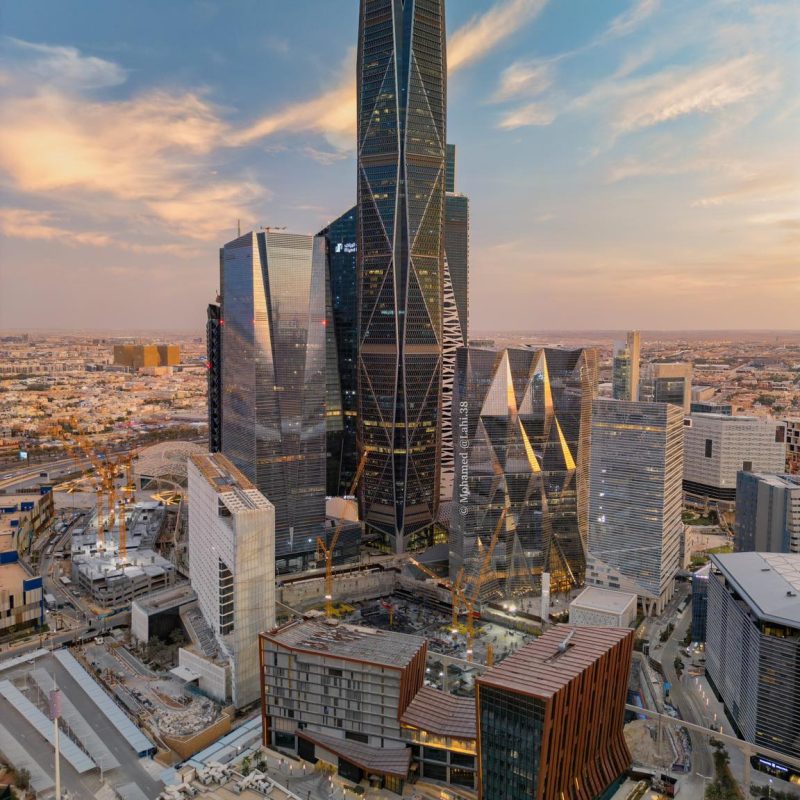
King Abdullah Financial District (KAFD)
A futuristic business hub designed to position Riyadh as a global financial center.

The Line in NEOM
Though not in Riyadh, this ambitious smart city project reflects the Kingdom’s broader commitment to sustainability and technological advancement.
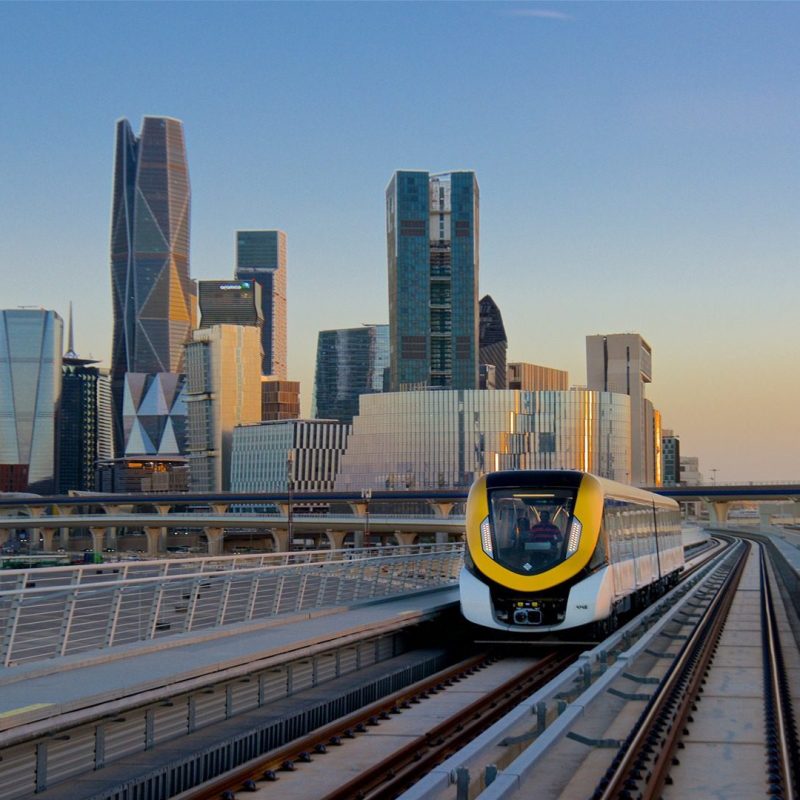
Metro Riyadh
One of the world’s largest urban transportation projects, set to revolutionize mobility in the capital.
Top Attractions
Jeddah: Gateway to the Red Sea
Jeddah, Saudi Arabia’s vibrant coastal city, is more than just a commercial hub—it is the Kingdom’s window to the world, where ancient history meets modern dynamism. As the largest port city on the Red Sea, Jeddah has long been a melting pot of cultures, a center of trade, and a gateway for millions of Muslim pilgrims en route to the holy cities of Makkah and Madinah.
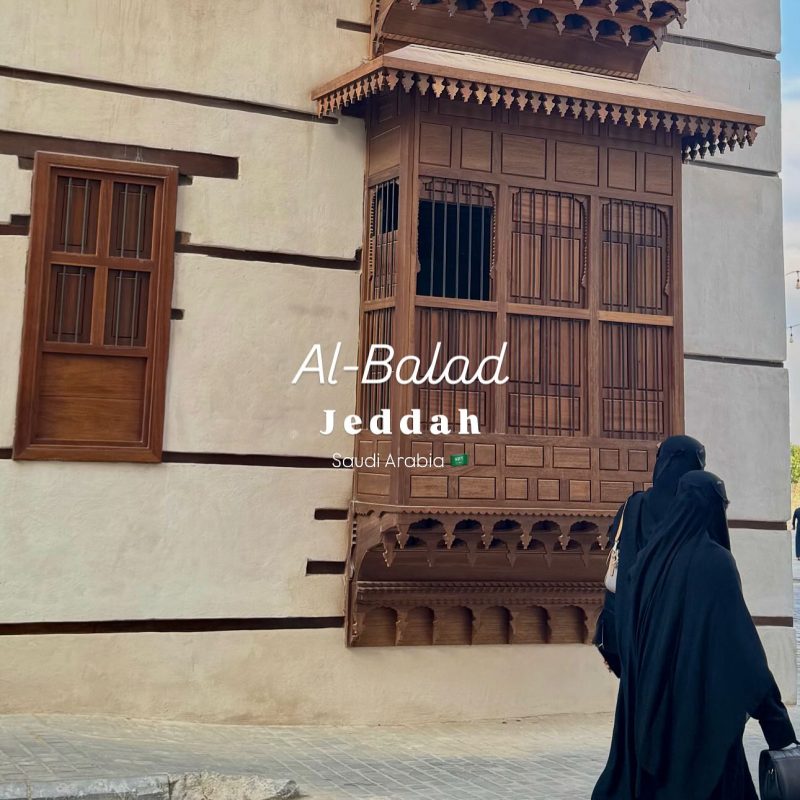
Al Balad
Jeddah’s UNESCO-listed old town, featuring coral-stone buildings, traditional wooden balconies (rawasheen), and vibrant souks that tell stories of the city’s past.
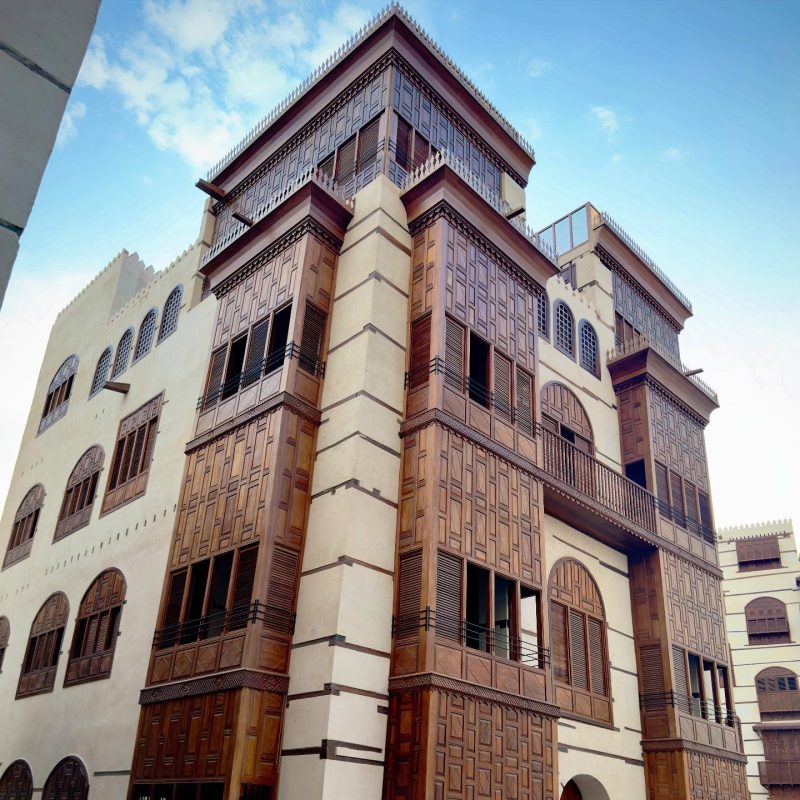
Nassif House
A historic merchant’s house in Al-Balad that once hosted King Abdulaziz, now transformed into a museum showcasing Jeddah’s heritage.

Bab Makkah
One of the ancient gates of Jeddah, through which pilgrims historically passed on their way to Makkah.
The Red Sea: A Natural Treasure
Jeddah’s identity is deeply connected to the Red Sea, offering unparalleled opportunities for marine exploration and tourism. Visitors can enjoy:
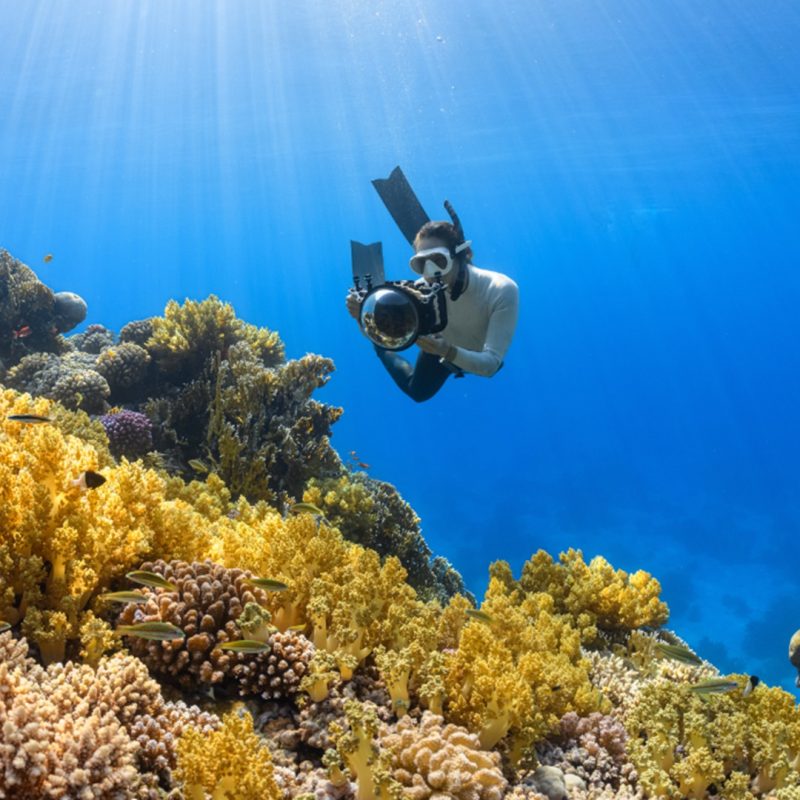
Scuba Diving & Coral Reefs
The Red Sea is home to some of the world’s most breathtaking dive sites, teeming with vibrant marine life and untouched coral formations.
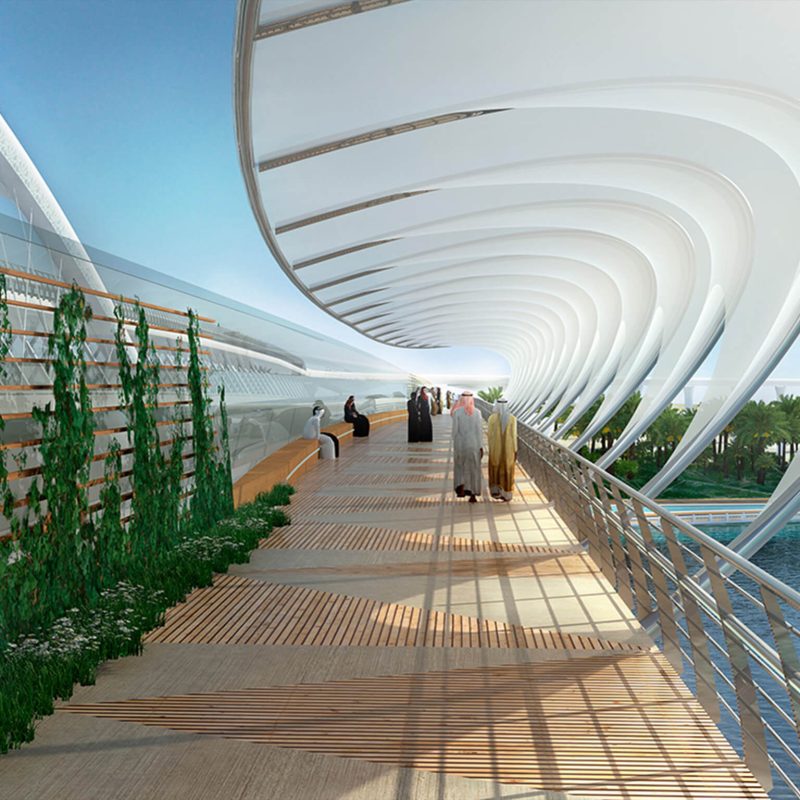
Obhur Creek
A serene getaway where residents and tourists can enjoy boating, jet skiing, and waterfront resorts.

The Red Sea Project
A ground-breaking ecotourism initiative aiming to create a sustainable luxury destination along the Saudi coastline.
A Cultural and Culinary Hotspot
Jeddah’s diverse population has influenced its cuisine and arts, making it a cultural capital of Saudi Arabia. Some must-experience aspects include:

Jeddah Season
A festival celebrating music, entertainment, and global culture with performances from international artists.
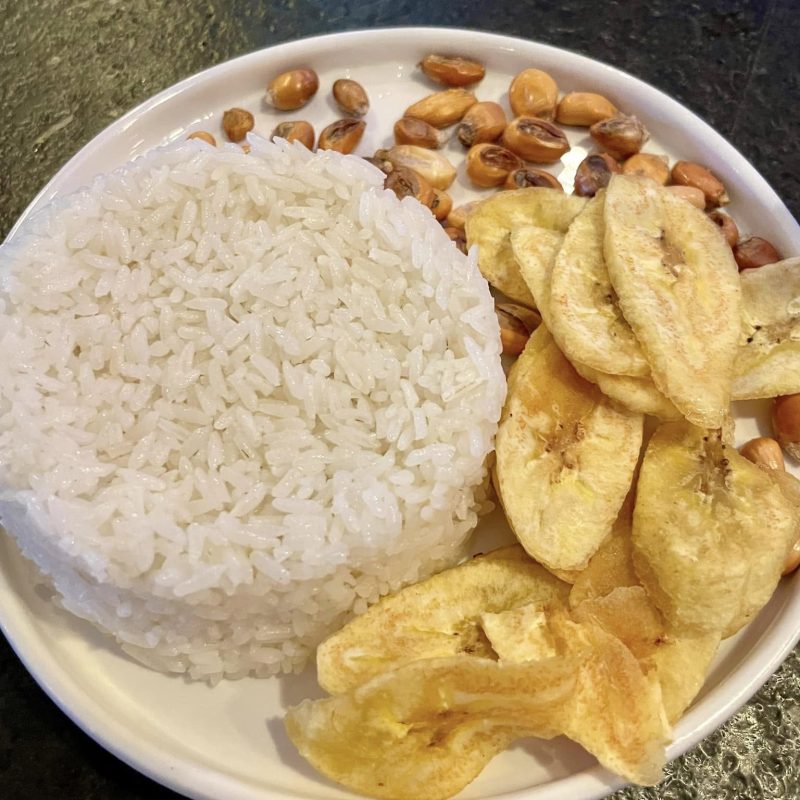
Local Cuisine
From fresh seafood dishes to traditional Hejazi specialties like “saleeg” (a rice dish) and “mutabbaq” (savory stuffed pancakes), Jeddah’s food scene is a treat for the senses.
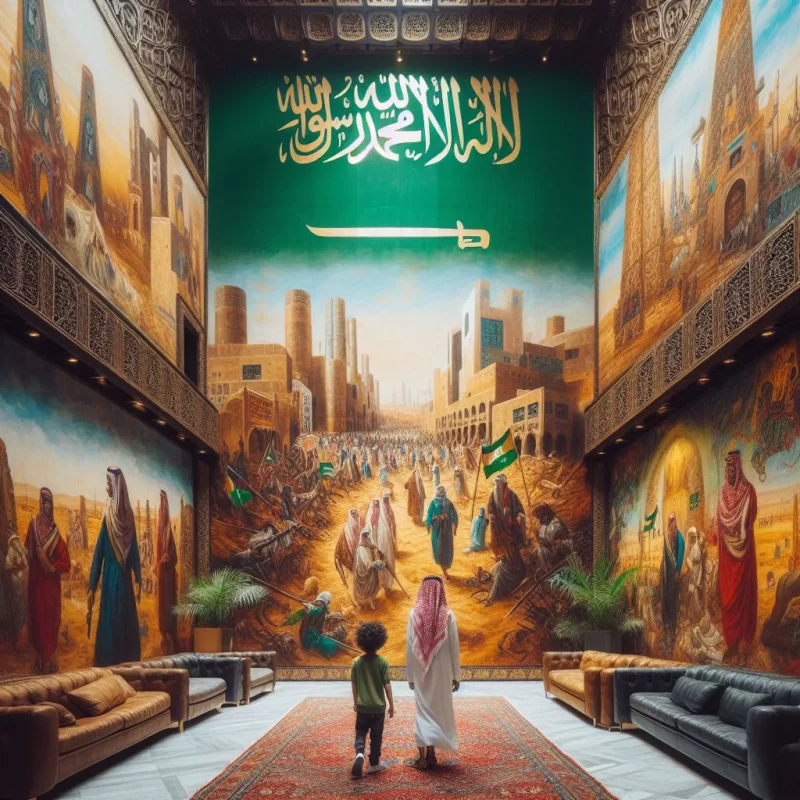
Art Scene
Home to numerous galleries, Jeddah is a hub for contemporary Saudi artists, with initiatives like Jameel Arts Center and the Red Sea Film Festival showcasing local and global talent.
Saudi Arabia Travel Guide
Adventure and Outdoor Activities
Saudi Arabia, with its diverse landscapes ranging from vast deserts to lush mountains and pristine coastlines, is a paradise for adventure seekers and outdoor enthusiasts. Whether you're exploring the towering dunes of the Empty Quarter, diving in the Red Sea, or trekking through ancient canyons, the Kingdom offers an array of thrilling experiences.
1. Desert Adventures
The Arabian desert is synonymous with adventure, offering breathtaking scenery and adrenaline-pumping activities.
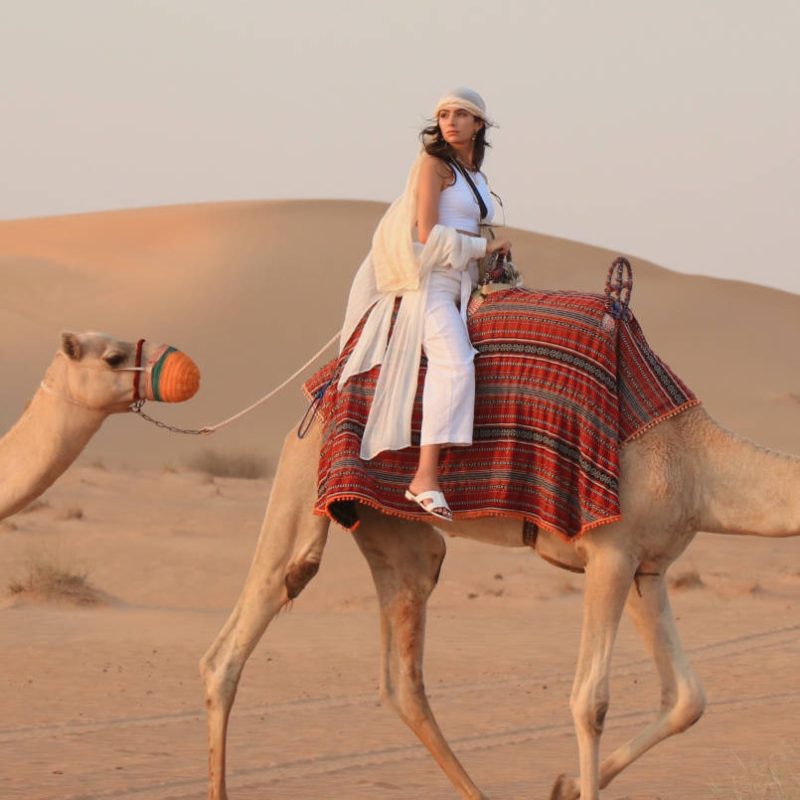
Dune Bashing in the Empty Quarter (Rub' al Khali)
Dune Bashing in the Empty Quarter (Rub’ al Khali) – The world’s largest continuous sand desert provides an exhilarating off-road experience for 4×4 enthusiasts.

Camel Trekking in Al-Ula
Camel Trekking in Al-Ula – Experience the ancient trade routes as Bedouins once did, riding camels through spectacular sandstone formations.

Sandboarding & Quad Biking in Riyadh’s Red Sand Dunes
Sandboarding & Quad Biking in Riyadh’s Red Sand Dunes – The sand dunes around Riyadh, such as in Thumama, are perfect for high-speed adventures.

Stargazing in the Desert
Stargazing in the Desert – The remote desert regions, such as the Edge of the World, offer crystal-clear night skies, ideal for astronomy lovers.
2. Mountain & Hiking Experiences
Saudi Arabia’s mountainous regions offer cool climates, scenic trails, and breathtaking views for hikers and climbers.
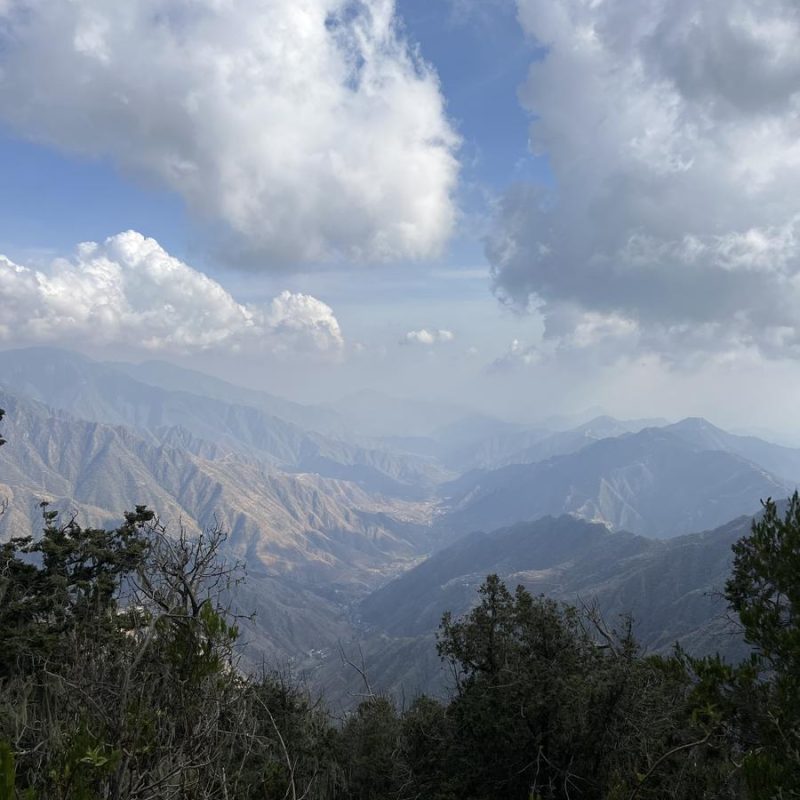
Jabal Sawda (Asir Region)
Jabal Sawda (Asir Region) – The highest peak in Saudi Arabia (3,000m), surrounded by lush green valleys and offering hiking and camping opportunities.

The Edge of the World (Riyadh Province)
The Edge of the World (Riyadh Province) – A dramatic escarpment with panoramic views over the vast desert, perfect for hiking and photography.
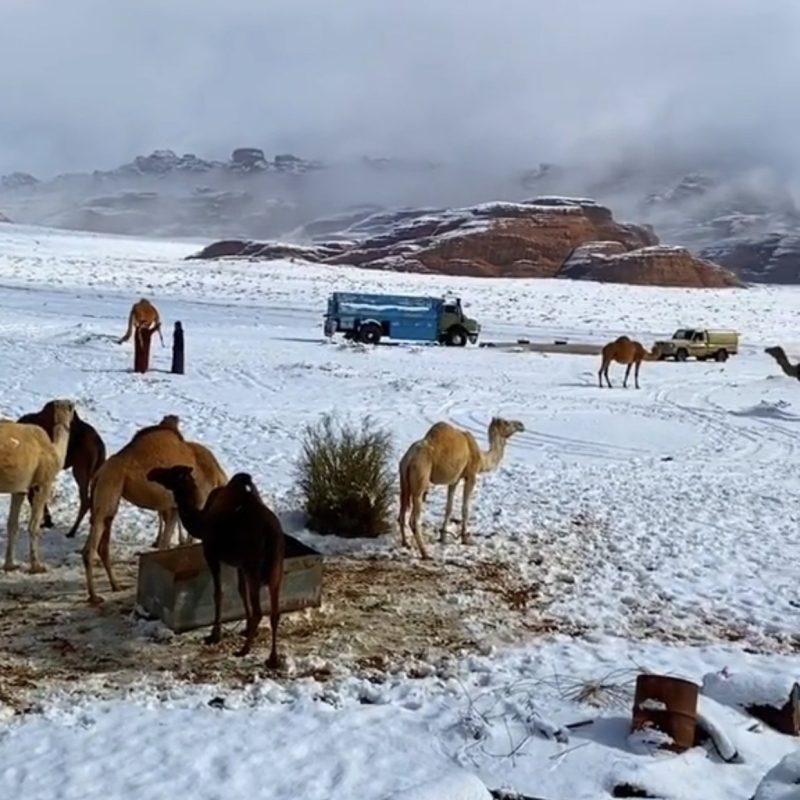
Jabal Al-Lawz (Tabuk Region)
Jabal Al-Lawz (Tabuk Region) – Known for its occasional snowfall, this rugged mountain offers challenging treks and historical significance.
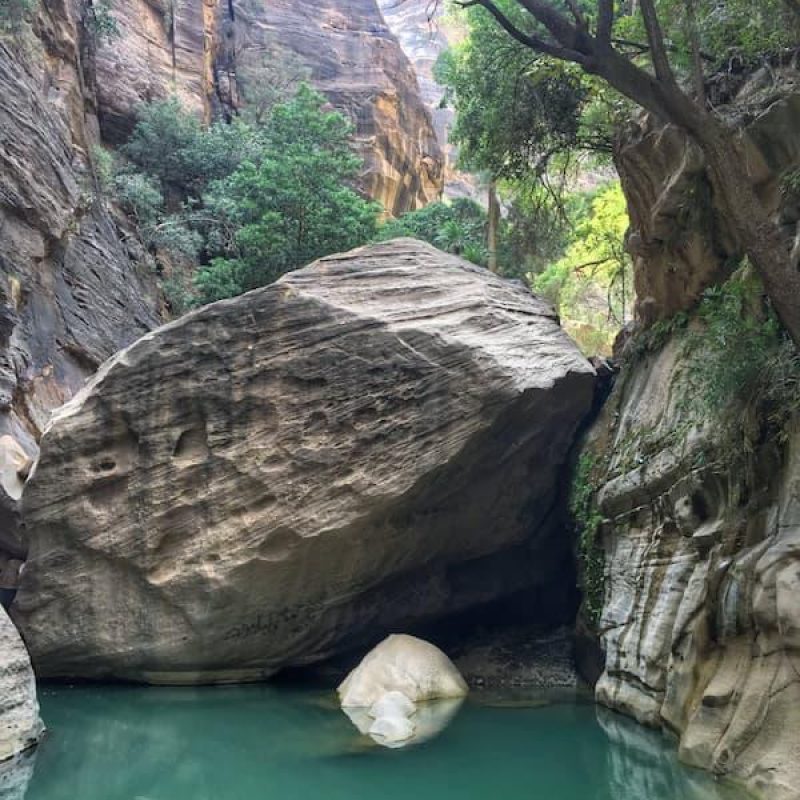
Wadi Lajab (Jazan Region)
Wadi Lajab (Jazan Region) – A hidden paradise featuring waterfalls, freshwater pools, and lush greenery, ideal for trekking and canyoning.
3. Red Sea Adventures & Water Activities
With over 2,000 km of Red Sea coastline, Saudi Arabia is a top destination for marine exploration.
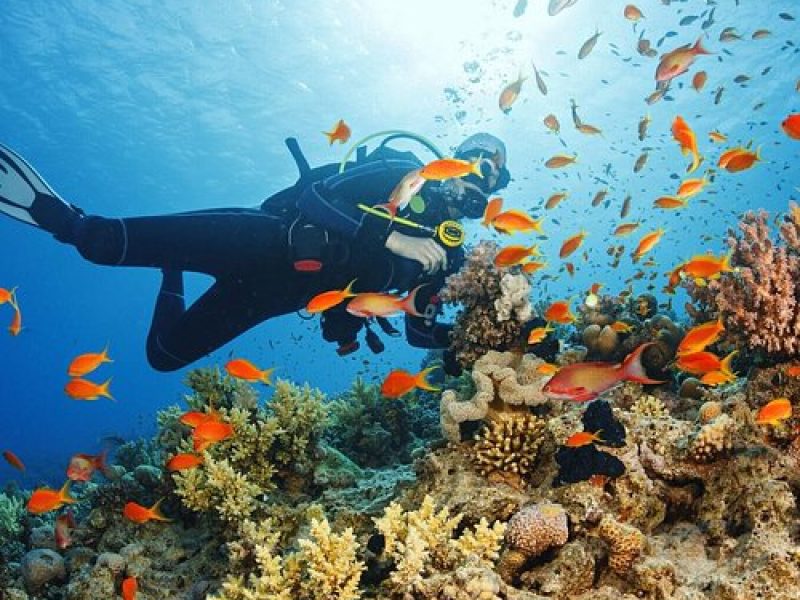
Scuba Diving in the Red Sea
Scuba Diving in the Red Sea – Home to pristine coral reefs and diverse marine life, top dive spots include Jeddah, Yanbu, and the Farasan Islands.
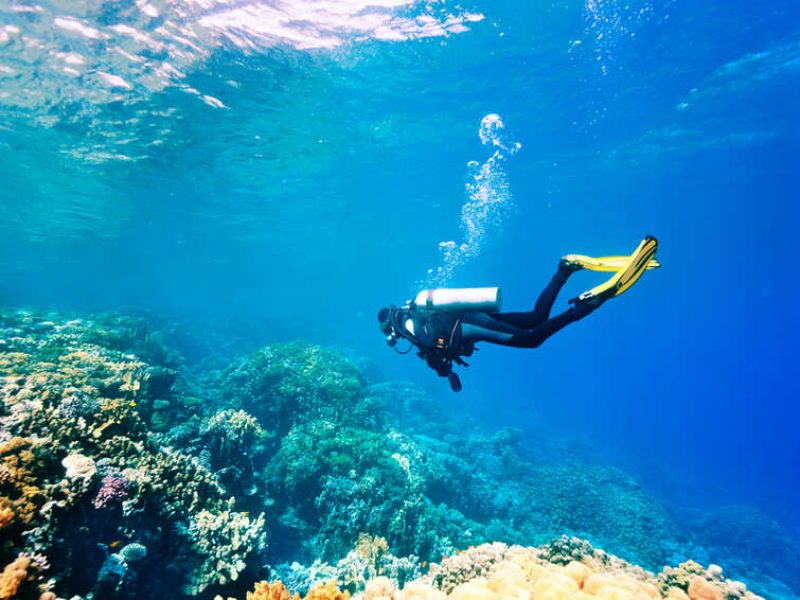
Snorkeling in Umluj (Saudi’s "Maldives")
Snorkeling in Umluj (Saudi’s “Maldives”) – Crystal-clear waters, vibrant coral reefs, and rich biodiversity make this an unforgettable snorkeling spot.

Deep-Sea Fishing in the Red Sea
Deep-Sea Fishing in the Red Sea – Charter a boat and fish for tuna, barracuda, and grouper off the Saudi coast.
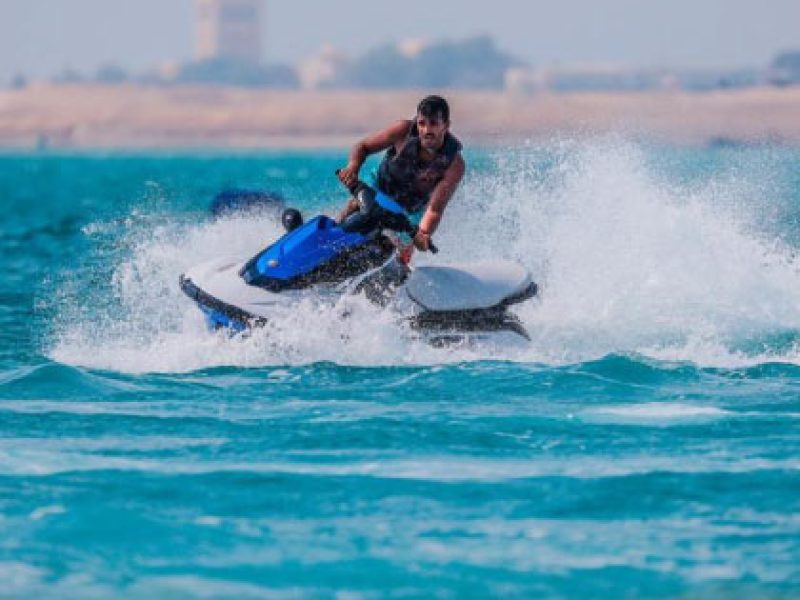
Kitesurfing & Jet Skiing in Jeddah
Kitesurfing & Jet Skiing in Jeddah – The coastal city’s strong winds and open waters make it a hotspot for water sports enthusiasts.
4. Rock Climbing & Caving
For climbers and cave explorers, Saudi Arabia offers some of the most unique geological formations.

Al-Ula’s Rock Formations
Al-Ula’s Rock Formations – Home to towering sandstone cliffs and natural arches, Al-Ula is becoming a global rock-climbing destination.

Jibal Hisma (Tabuk Region)
Jibal Hisma (Tabuk Region) – A lesser-known but stunning destination for bouldering and climbing amid Mars-like landscapes.

Heet Cave (Riyadh)
Heet Cave (Riyadh) – A fascinating underground limestone cave with an emerald-green water pool, popular for caving and swimming.

Dahl Al-Makar Cave
Dahl Al-Makar Cave – One of Saudi Arabia’s largest limestone caves, featuring stunning stalactites and underground passageways.
5. Wildlife & Ecotourism
Saudi Arabia is home to diverse ecosystems, from mountainous forests to coastal mangroves and vast deserts.
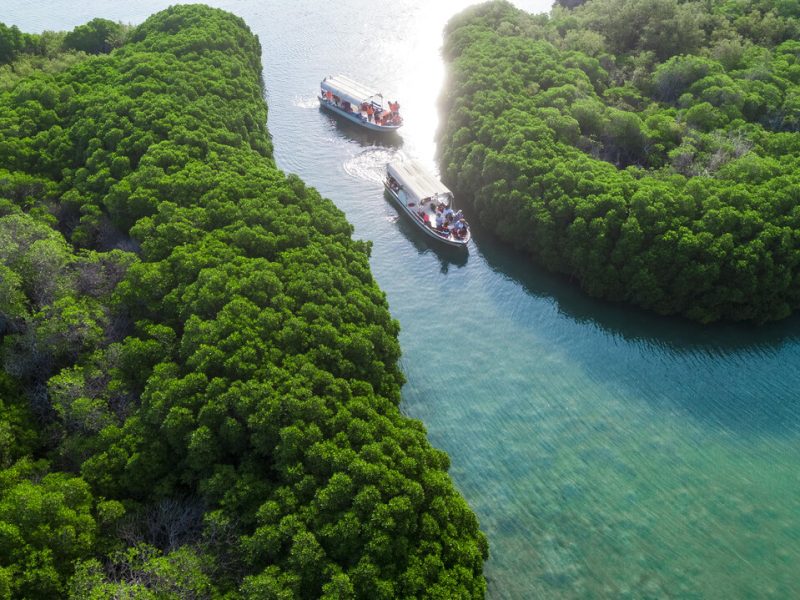
The Farasan Islands (Jazan)
The Farasan Islands (Jazan) – A marine wildlife sanctuary where visitors can spot dolphins, sea turtles, and exotic bird species.
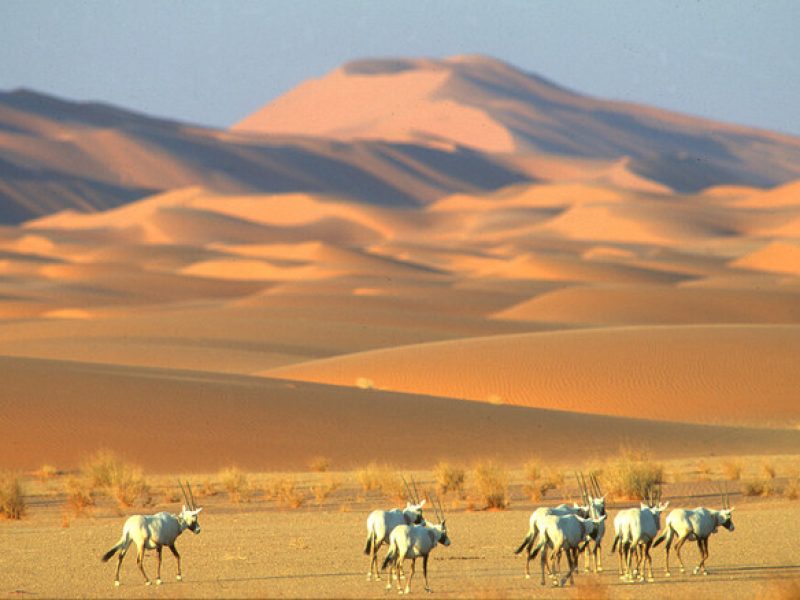
Uruq Bani Ma’arid Reserve
Uruq Bani Ma’arid Reserve – A protected desert area home to rare Arabian oryx, gazelles, and unique desert flora.
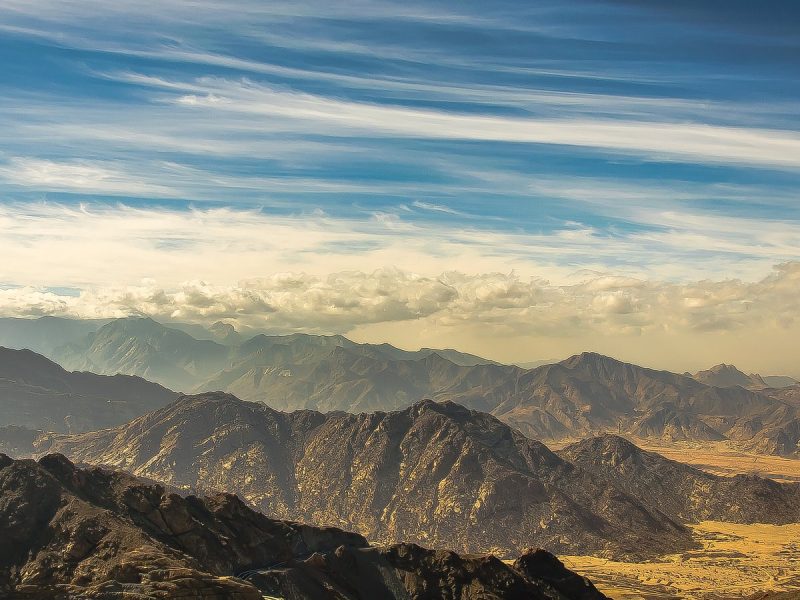
Asir National Park
Asir National Park – The only national park in Saudi Arabia with dense forests, wildlife such as baboons, and scenic hiking trails.

Mangrove Kayaking in Al-Lith & Yanbu
Mangrove Kayaking in Al-Lith & Yanbu – Paddle through serene mangrove forests that support rich biodiversity and birdlife.
6. Winter & Extreme Sports
Saudi Arabia’s cooler regions offer unique winter experiences and extreme sports.

Snow Activities in Tabuk & Jabal Al-Lawz
now Activities in Tabuk & Jabal Al-Lawz – During winter, the mountains of Tabuk are covered in snow, making them perfect for sledding and winter photography.

Skydiving in Riyadh & Jeddah
Skydiving in Riyadh & Jeddah – Thrill-seekers can experience freefalling over breathtaking landscapes with professional skydiving centers.
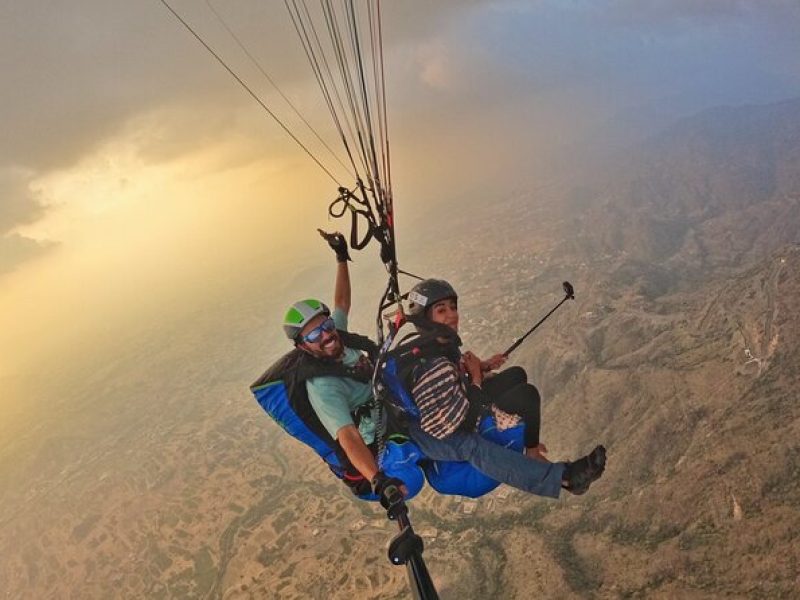
Paragliding in Abha
Paragliding in Abha – The high-altitude city of Abha provides stunning aerial views for paragliders.

Rally Racing (Dakar Rally)
Rally Racing (Dakar Rally) – Saudi Arabia is now home to the world-famous Dakar Rally, attracting off-road racing enthusiasts from around the globe.
Saudi Arabia Travel Guide
Saudi Cuisine: A Feast for the Senses
Saudi Arabian cuisine is a reflection of the Kingdom’s rich heritage, diverse landscapes, and deep-rooted hospitality. Influenced by Arabian, Middle Eastern, and Indian flavors, Saudi food is a blend of aromatic spices, slow-cooked meats, and hearty grains. From traditional Bedouin dishes to contemporary culinary delights, Saudi cuisine offers an unforgettable feast for the senses.
1. Iconic Saudi Dishes

Kabsa – The National Dish
A fragrant rice dish infused with a blend of spices, Kabsa is the centerpiece of Saudi cuisine. Typically served with lamb, chicken, or seafood, it is cooked with tomatoes, cardamom, cinnamon, cloves, and black lime (loomi), giving it a rich and aromatic flavor.
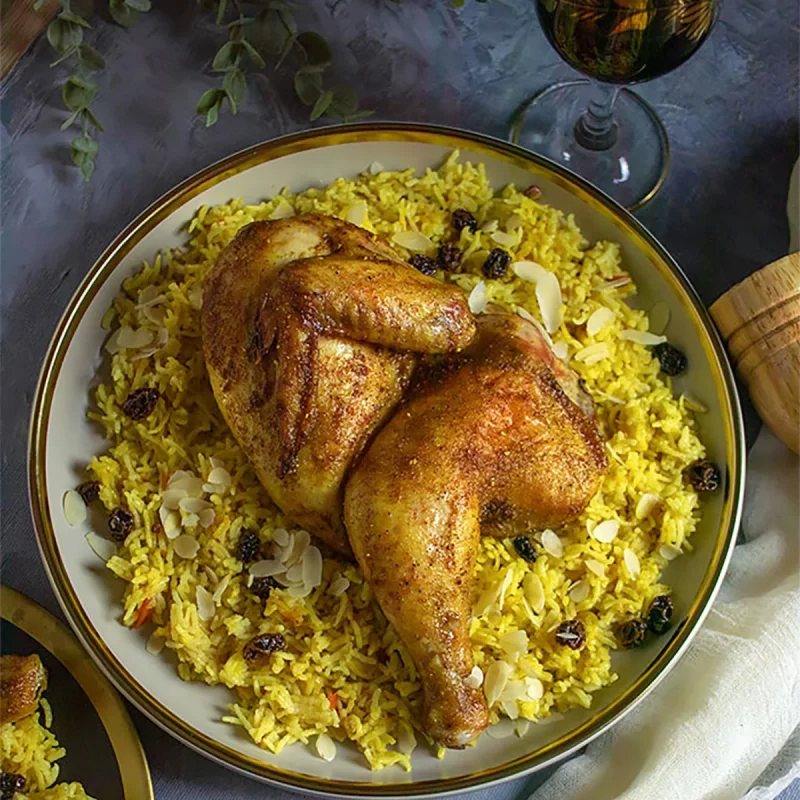
Mandi
Similar to Kabsa but originating from Yemen, Mandi is prepared by slow-cooking meat in a tandoor-style underground oven, allowing the flavors to penetrate deeply into the dish.

Jareesh
A centuries-old Saudi dish made from crushed wheat, slow-cooked with meat, onions, and spices, resulting in a creamy and comforting texture.

Saleeg
A Hejazi specialty, Saleeg is a creamy rice dish similar to risotto, cooked with milk and butter, often accompanied by roasted chicken or lamb.
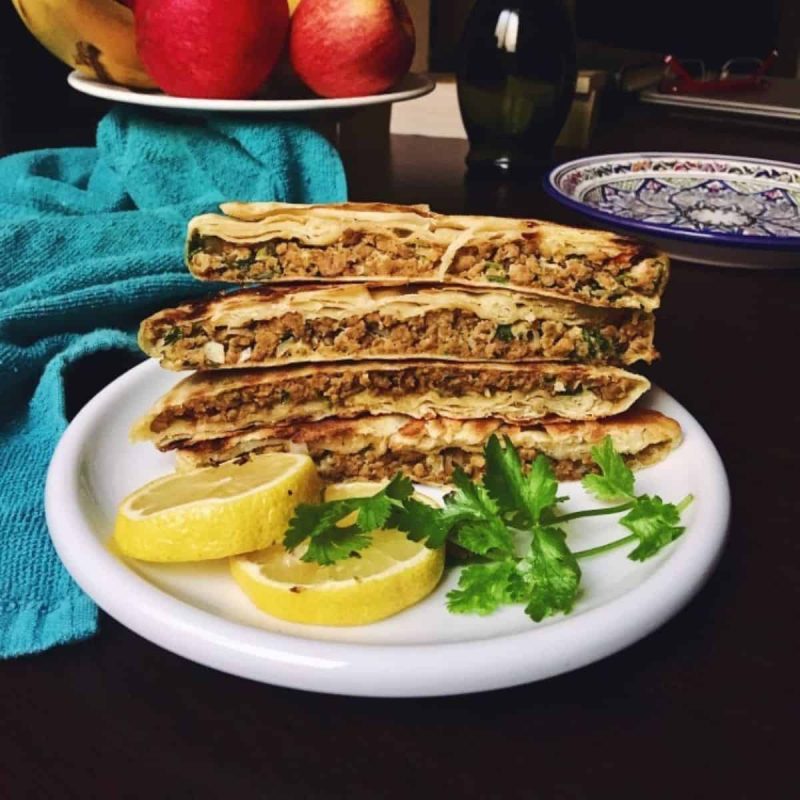
Mutabbaq
A crispy, pan-fried stuffed pastry filled with spiced meat, vegetables, and sometimes eggs, Mutabbaq is a popular street food with origins in Yemen and India.
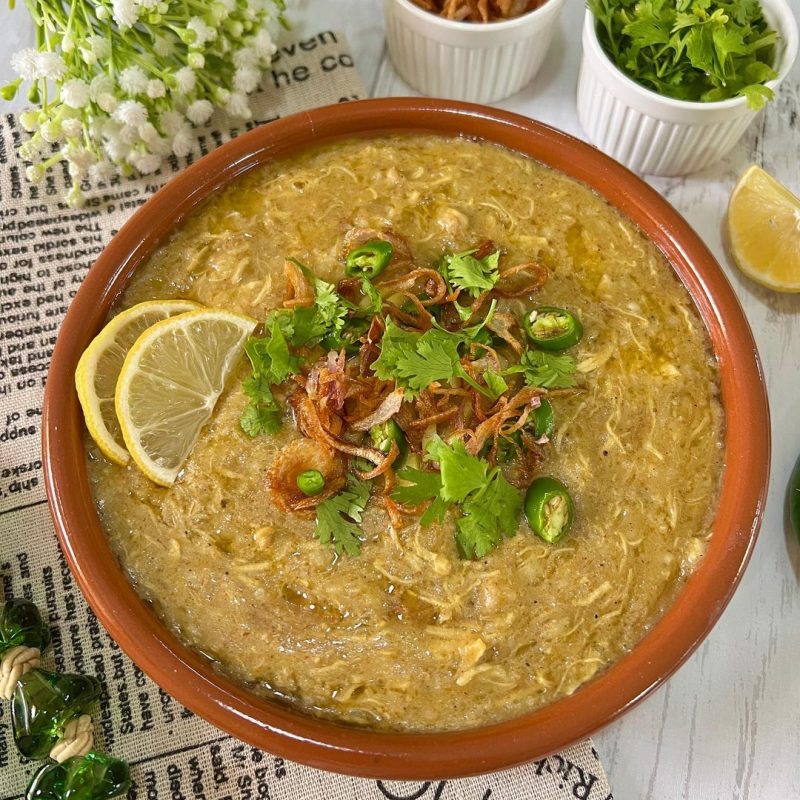
Harees
A Ramadan favorite, Harees is a porridge-like dish made from wheat and slow-cooked meat, offering a rich, hearty texture.
2. Popular Breads & Side Dishes
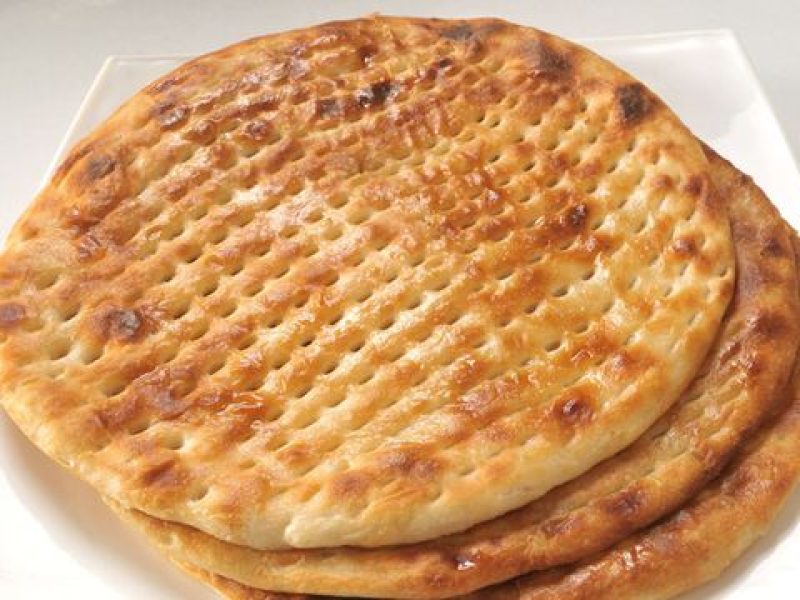
Tamis
A traditional bread with a soft and slightly crispy texture, often served with cheese, honey, or fava beans.
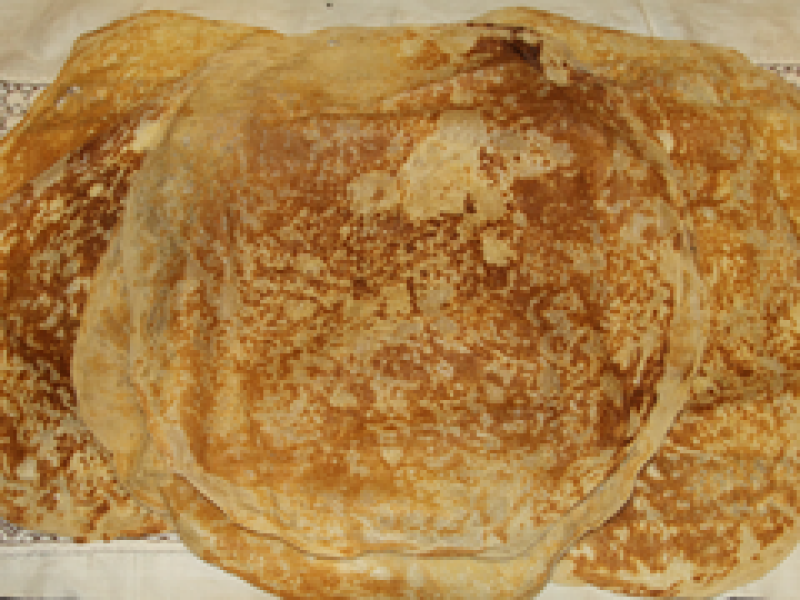
Markook
A thin, whole-wheat flatbread, similar to saj, commonly used for wraps or as a side with stews.
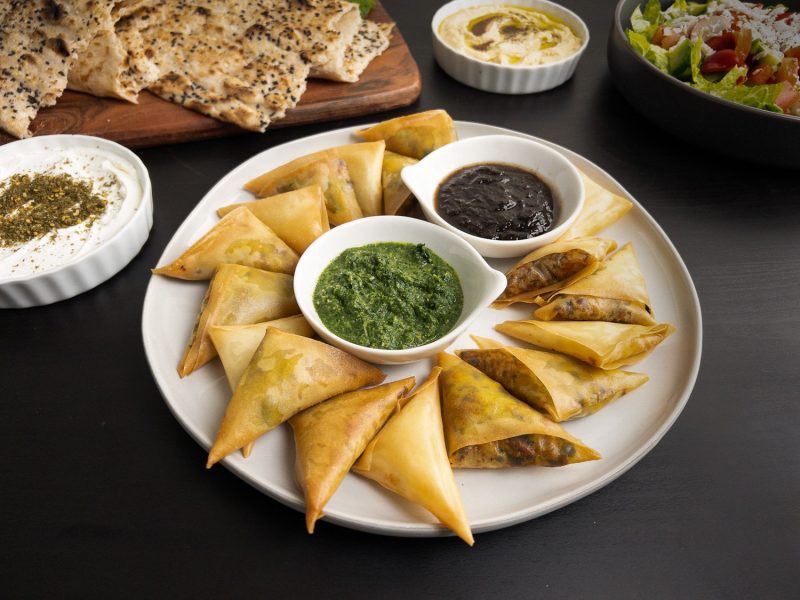
Samboosa
A Saudi take on the classic samosa, these crispy, golden pastries are filled with spiced meat, cheese, or vegetables, making them a must-have during Ramadan.

Foul Medames
A popular breakfast dish made from slow-cooked fava beans, seasoned with garlic, lemon, and olive oil, often served with fresh bread.
3. Delectable Desserts

Luqaimat
Deep-fried dough balls, crispy on the outside and soft on the inside, drizzled with date syrup or honey.
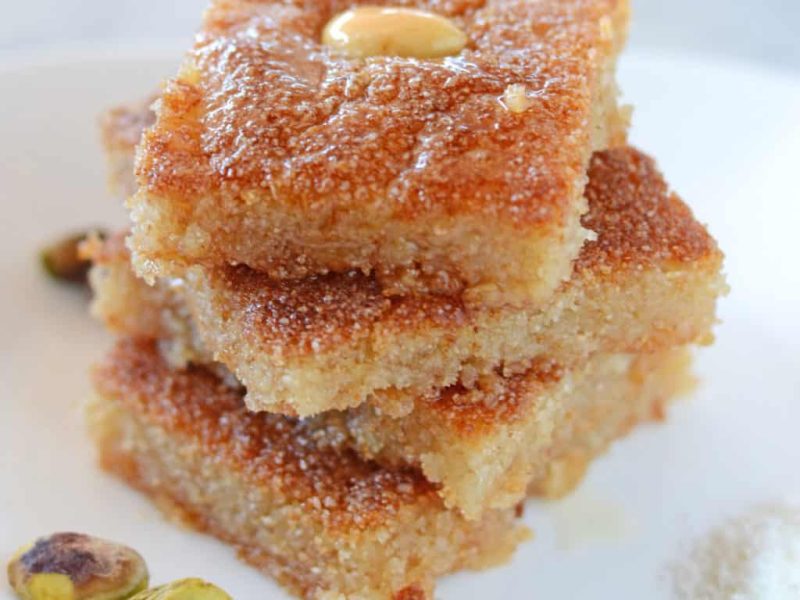
Basbousa
A semolina cake soaked in sweet syrup, sometimes flavored with coconut and nuts.

Areeka
A traditional Najdi dessert made from crumbled dates, whole wheat bread, butter, and honey, topped with nuts for a rich, satisfying treat.
4. Beverages: A Taste of Saudi Hospitality
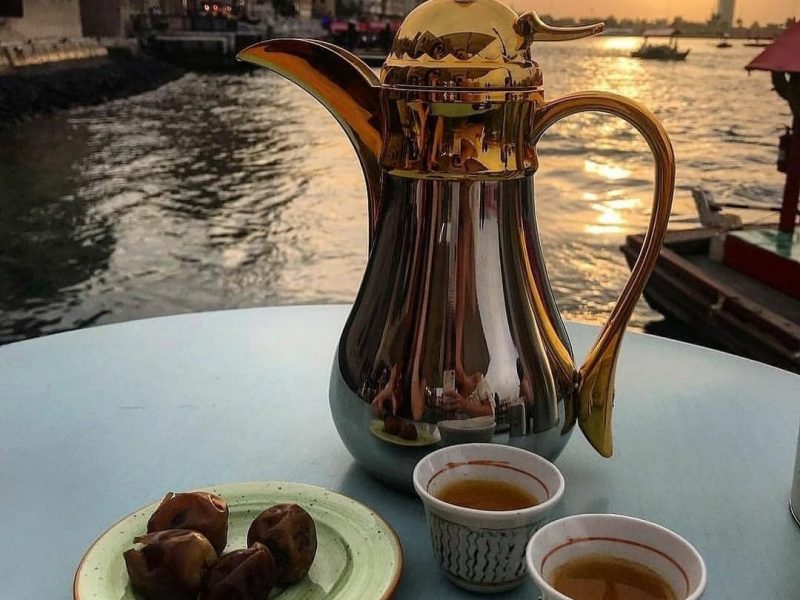
Arabic Coffee (Gahwa)
A symbol of Saudi hospitality, Arabic coffee is brewed with cardamom and saffron, served in small cups with dates as a sweet accompaniment.

Karak Tea
A spiced milk tea infused with cardamom and sometimes saffron, Karak is a favorite across the Gulf region.

Jallab
A refreshing drink made from grape molasses, rose water, and topped with pine nuts and raisins.
5. Saudi Street Food & Modern Influences
Saudi Arabia’s culinary landscape is evolving, with street food and international influences blending with traditional flavors.
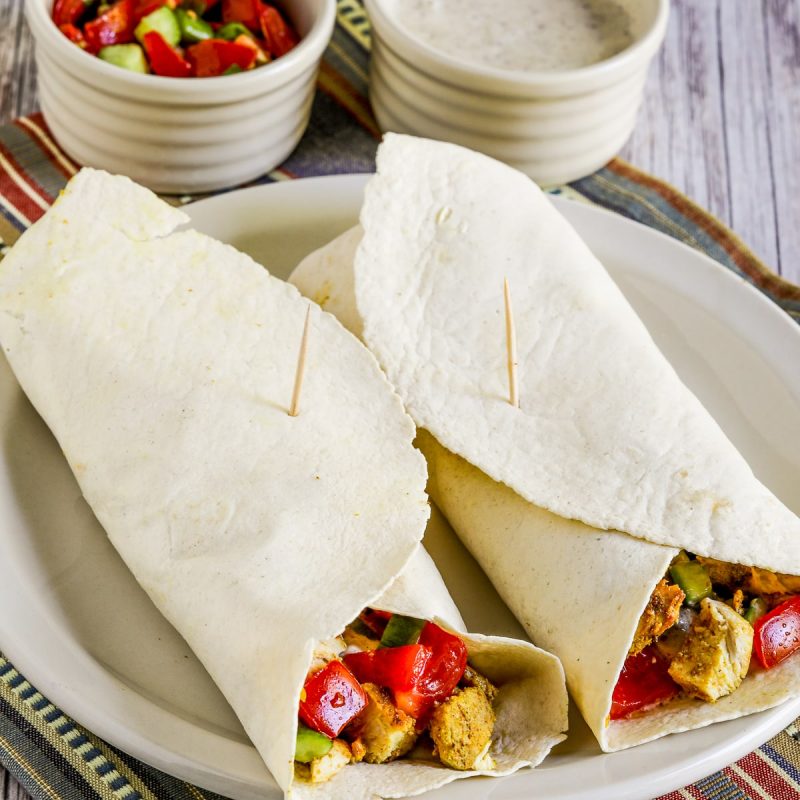
Shawarma
A Middle Eastern staple, Saudi-style shawarma is often wrapped in markook bread and paired with tahini or garlic sauce.

Grilled Seafood (Samak Mashwi)
Given its long coastline, Saudi Arabia offers a variety of grilled fish dishes, particularly in Jeddah and the Eastern Province.
6. Saudi Cuisine & Cultural Traditions
Food in Saudi Arabia is more than just nourishment; it is a key part of the culture, deeply tied to hospitality and generosity. Large communal meals, especially during Ramadan and Eid, reflect the Kingdom’s values of sharing and togetherness. Whether dining in a traditional Bedouin tent or a modern restaurant, Saudi cuisine promises a feast that delights all the senses.
Saudi Arabia Travel Guide
Practical Tips for Travelers to Saudi Arabia
Saudi Arabia is an exciting destination with a rich cultural heritage, stunning landscapes, and modern attractions. Whether you’re visiting for tourism, business, or pilgrimage, understanding the local customs, travel requirements, and essential tips will help ensure a smooth and enjoyable trip.
1. Visa & Entry Requirements
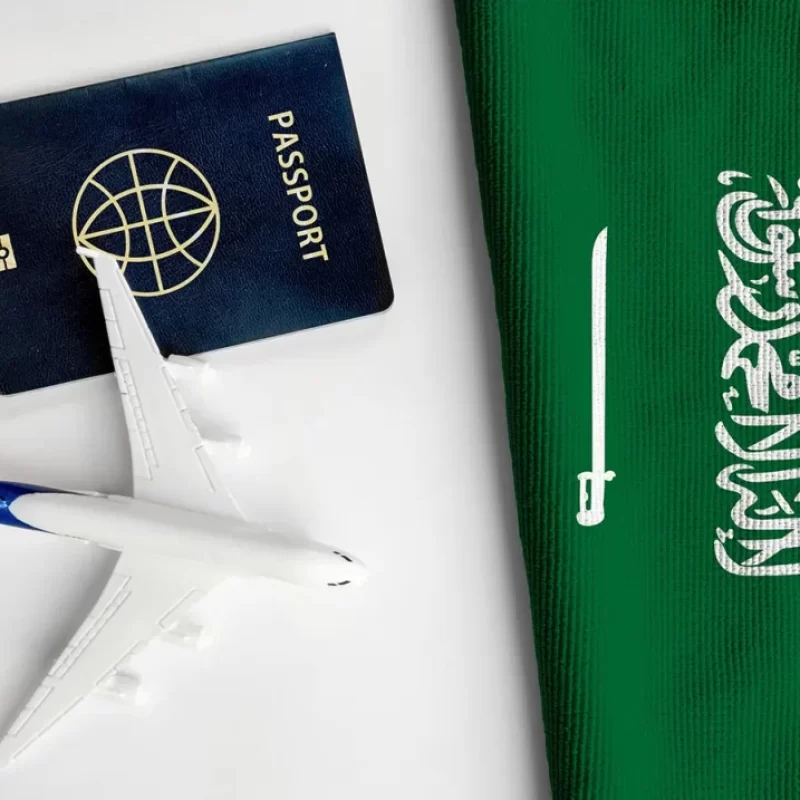
Tourist Visa
Tourist Visa – Available for visitors from many countries via the eVisa system or visa-on-arrival. Check eligibility before traveling.
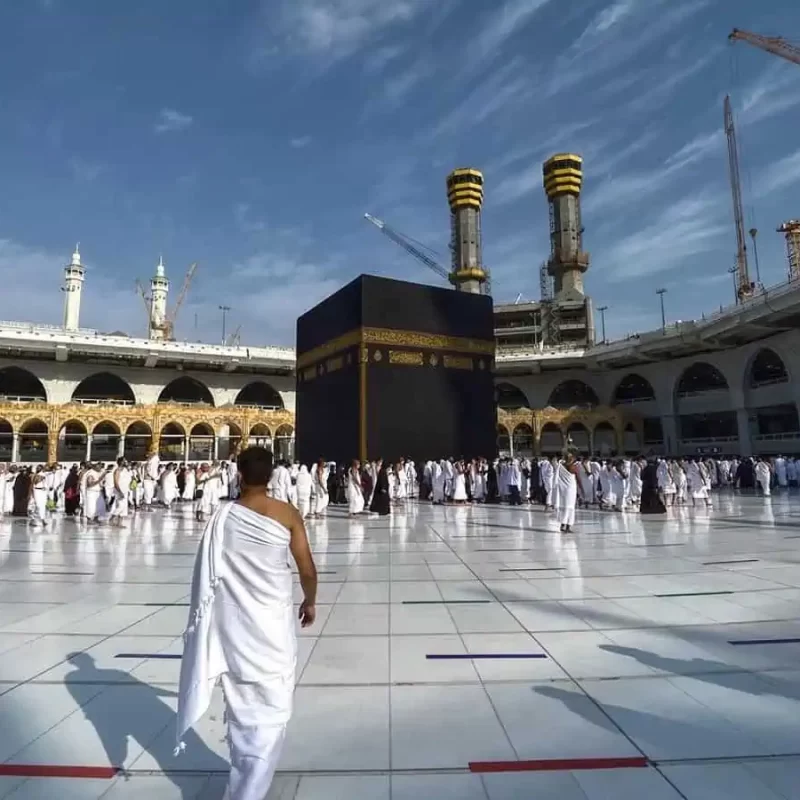
Umrah & Hajj Visa
Umrah & Hajj Visa – Special visas are required for religious pilgrimages to Makkah and Madinah. Hajj visas are issued only during the Hajj season.

Business & Work Visas
Business & Work Visas – If traveling for business, ensure you have the appropriate visa and sponsorship.
2. Best Time to Visit
- Winter (November–March): Ideal weather for sightseeing, desert adventures, and city exploration.
- Spring & Fall (March–May, September–November): Pleasant temperatures, great for outdoor activities and cultural festivals.
- Summer (June–August): Extremely hot, but good for coastal destinations like Jeddah, the Red Sea, and the Asir mountains.
🔹 Tip: Avoid visiting during peak Hajj season unless traveling for pilgrimage, as prices and crowds increase significantly.
3. Cultural Etiquette & Local Customs
- Dress Code: Modest clothing is required in public. Women are not required to wear an abaya but should dress conservatively. Men should avoid wearing shorts in formal settings.
- Public Behavior: Public displays of affection are discouraged. Loud or inappropriate behavior should be avoided.
- Religious Sensitivity: Islam plays a central role in Saudi culture. Respect prayer times and avoid eating in public during Ramadan.
- Greetings & Hospitality: Saudi hospitality is warm and welcoming. A handshake is common between men, but always wait for a woman to extend her hand first.
🔹 Tip: When visiting someone’s home, bring a small gift or dates as a token of appreciation.
4. Money & Payment Methods
- Currency: The official currency is the Saudi Riyal (SAR).
- Payment Options: Credit/debit cards (Visa, MasterCard) and mobile payments (Apple Pay, Mada Pay) are widely accepted.
- ATMs & Currency Exchange: Available in major cities and airports.
🔹 Tip: Carry some cash for small purchases, especially in local markets and rural areas.
5. Transportation & Getting Around
- Taxis & Ride-Sharing: Uber and Careem operate in most cities. Always confirm fare estimates in advance.
- Public Transport: Metro systems are available in Riyadh, with buses in major cities.
- Car Rentals: Renting a car is a great option for exploring, but international driving permits are required.
- High-Speed Rail: The Haramain Train connects Makkah, Madinah, Jeddah, and King Abdullah Economic City.
🔹 Tip: Download local ride-hailing apps like Careem for easy transport booking.
6. Safety & Health Tips
- General Safety: Saudi Arabia is one of the safest countries for travelers. Crime rates are low, but always stay aware of your surroundings.
- Emergency Numbers:
- Police: 999
- Ambulance: 997
- Fire Department: 998
- Medical Facilities: Modern hospitals and clinics are available in cities. Travel insurance with medical coverage is highly recommended.
- Food & Water: Tap water is safe in most areas, but bottled water is preferred.
- Police: 999
- Ambulance: 997
- Fire Department: 998
🔹 Tip: Avoid excessive sun exposure and stay hydrated, especially during summer months.
7. Internet & Communication
- SIM Cards: Available at airports and mobile shops. Popular providers: STC, Mobily, Zain.
- Wi-Fi: Free Wi-Fi is available in hotels, malls, and cafes.
- Calling Apps: WhatsApp and FaceTime work, but some VoIP services may be restricted.
🔹 Tip: Get a local SIM card with data for easy navigation and communication.
8. Food & Dining Tips
- Traditional Cuisine: Try Kabsa, Mandi, Saleeg, and Jareesh for an authentic Saudi experience.
- Restaurants & Cafes: From street food to luxury dining, Saudi Arabia offers diverse options.
- Tipping: Not mandatory, but 10-15% is appreciated in restaurants.
🔹 Tip: Many restaurants have family and single sections—check before entering.
9. Shopping & Souvenirs
- Traditional Markets: Visit Souq Al-Zal (Riyadh), Al-Balad (Jeddah), and Souq Okaz (Taif) for authentic shopping experiences.
- Best Souvenirs:
- Perfumes & Oud: Traditional Arabian fragrances.
- Dates & Sweets: Ajwa dates and Saudi chocolates.
- Handmade Crafts: Bedouin rugs, pottery, and camel leather goods.
- Perfumes & Oud: Traditional Arabian fragrances.
- Dates & Sweets: Ajwa dates and Saudi chocolates.
- Handmade Crafts: Bedouin rugs, pottery, and camel leather goods.
🔹 Tip: Bargaining is common in traditional markets but not in malls.
10. Key Arabic Phrases for Travelers
Saudi Arabia’s human rights record remains controversial. While travelers won’t engage directly with political issues, supporting local businesses and respecting cultural norms fosters positive exchanges. As one blogger notes, “Travel is about connecting with people, not governments” Learning a few Arabic phrases can enhance your experience:
- Hello: Salam Alaikum (السلام عليكم)
- Thank you: Shukran (شكراً)
- Yes / No: Na’am (نعم) / La (لا)
- How much is this? Kam hada? (كم هذا؟)
- Where is…? Ayna…? (أين؟)
🔹 Tip: English is widely spoken in cities, but learning basic Arabic is appreciated.
Conclusion: A Land of Transformation
Saudi Arabia is a fascinating mix of tradition and modernity, offering travelers a unique cultural and adventure-filled experience. By respecting local customs and planning ahead, you can ensure a smooth and memorable journey through the Kingdom.
Saudi Arabia in 2025 is a nation in flux, balancing deep-rooted traditions with ambitious Vision 2030 reforms. Whether marveling at Al-Ula’s ancient tombs, diving in the Red Sea, or savoring aromatic Kabsa, the Kingdom offers a journey unlike any other. With careful planning and cultural sensitivity, travelers can unlock the secrets of this once-forbidden land—a destination where history, adventure, and hospitality converge.




